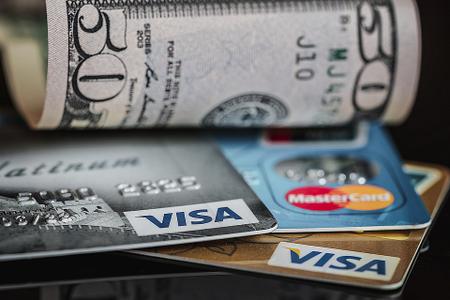Posted by on April 23, 2021

Some people love budgeting and maintaining an Excel spreadsheet to track their personal spending to the penny. If that describes you, congratulations! You don’t need to read this post. For everyone else, here are a few shortcuts to achieving cash flow confidence.
The first and most accurate way to see where your money is going without the tedium of recording every receipt from the month is to use an expense tracking app. Programs such as Mint, Wally, and YNAB (You Need A Budget) can help you categorize your spending and automatically import your expenses from linked bank accounts or credit cards. You set the goals, then the app will do the legwork. A watchful eye is still required. Categorization can get tricky if you routinely buy a hodgepodge of items at once from a sell-all store like Wal-Mart.
The next method trades specificity for simplicity by backing into a discretionary spending figure. The idea is to set aside savings then determine the larger, regular expenses like housing, utilities, and other bills. Once those core expenses are covered, the remainder can be spent to your heart’s desire. This method requires a bit more forward thinking but less looking back at the end of each month. The risk is that you miscalculate a core expense and come up short. The reward is freedom from the granularity of spending categories. Purposefully overestimating core expenses and leaving a buffer each month is key.
Whether you choose the spreadsheet, the app, or the more laissez-faire pooled discretionary spending method, expense tracking is only half the battle. To ensure you’re on pace to meet your goals nothing can replace comprehensive financial planning. There are, however, some guidelines that can help. You may have heard the “save 15% toward retirement” or “don’t spend more than 30% of your income on housing” rules of thumb floating around. The only guideline I’m a fan of is the Balanced Money Formula popularized by Elizabeth Warren. It suggests that 50% of your after-tax income should go toward needs, 30% toward wants, and 20% toward savings and financial goals.
Pinning down your personal cash flow is a foundational part of financial success and satisfaction. While few consider it an enjoyable task, modern tools and flexible methods may make it easier than you thought. Figuring out a system you can stick with is well worth the effort.